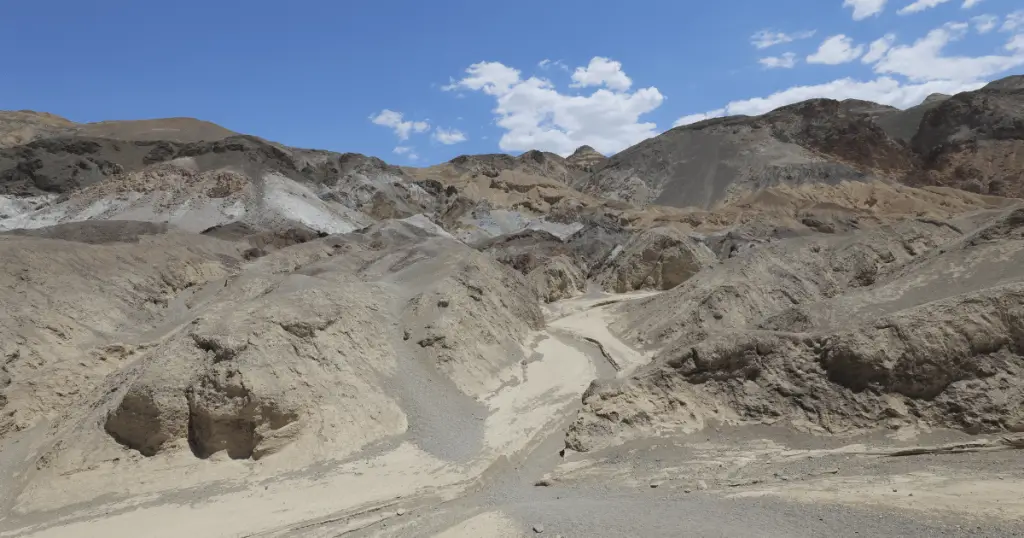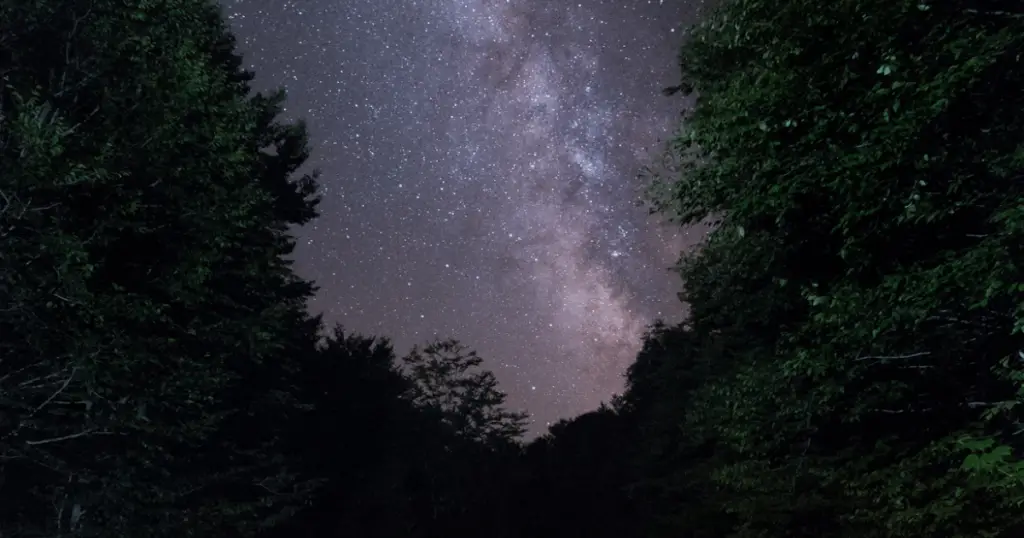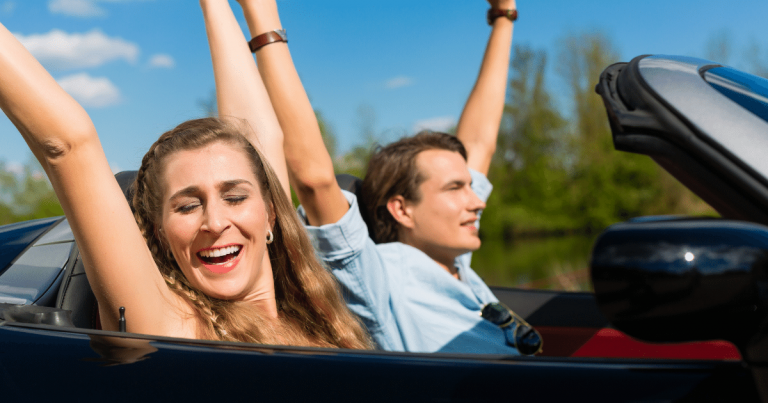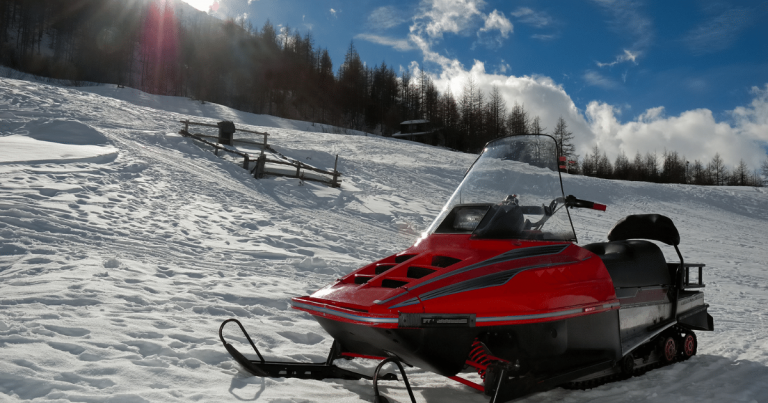Unveiling the Beauty of Hanaupah Canyon
Hanaupah Canyon is a hidden gem in California that’s often overlooked by visitors. It’s a must-see destination for nature lovers who enjoy challenging hiking trails and incredible natural beauty. The state of California is famous for its stunning landscapes and attracts many tourists from around the world. While there are many exciting destinations to explore, Hanaupah Canyon offers fantastic opportunities for outdoor adventures.

A Glimpse of Hanaupah Canyon
Located in the eastern Sierra Nevada, Hanaupah Canyon is a vast and remote wilderness that’s only accessible by foot or mule. The canyon lies at the eastern edge of Death Valley National Park and offers a stark contrast to the park’s barren, desert landscapes. The canyon is lush and green, with towering waterfalls, alpine meadows, and towering cliffs that are unlike anything else in California.
Hanaupah Canyon has a rich history that dates back to the early 1900s when it was used as grazing land by cattle ranchers. It was also a popular destination for miners searching for gold and other precious metals. Today, the canyon is a protected wilderness area managed by the National Park Service, and visitors are required to obtain a permit before entering the canyon.
Stargazing in Hanaupah Canyon
Hanaupah Canyon isn’t just a daytime paradise; it transforms into an astronomer’s dream when the sun sets. Due to its remote location, far away from city lights and pollution, the canyon enjoys an incredibly dark sky, earning it a coveted Dark Sky Designation. This designation, granted by the International Dark-Sky Association, recognizes areas worldwide that have exceptional quality of starry nights and nocturnal environment.
The conditions in Hanaupah Canyon are ideal for stargazing. With minimal light pollution, clear skies for most of the year, and a high altitude, stars, galaxies, and other celestial bodies can be seen in astonishing detail and clarity. No wonder the canyon is a go-to destination for many amateur astronomers and astronomy clubs.

Unique Features and Landmarks of Hanaupah Canyon
Hanaupah Canyon’s natural beauty unfolds in its unique geological formations and landmarks. Among the most notable features are the ‘Sculpted Spires,’ rock formations that proudly stand against the sky, carved by centuries-old erosion into majestic shapes. Their striking silhouettes against the sunset make for an unforgettable photo opportunity.
Apart from these, the ‘Eagle’s Beak Peak’ offers the most panoramic viewpoint in the canyon. This soaring peak renders glorious views of the sprawling canyon, verdant alpine meadows, and the sheer cliffs surrounding it. The sight from the peak, particularly at sunrise and sunset, is a visual treat that will captivate photographers and nature enthusiasts alike.
There’s also the ‘Echoing Dome,’ a geological phenomenon that has interested researchers and geology enthusiasts. This structure is a large, naturally formed dome-shaped rock that casts an unusual echo, giving the area a surreal acoustic effect. The Echoing Dome is not just a spectacle to behold but also a testament to the fascinating geological history of the area.
These features and landmarks make Hanaupah Canyon a destination of natural wonders, offering visitors a chance to witness the breathtaking masterpieces etched by Mother Nature over time.
Flora and Fauna of Hanaupah Canyon
Despite the harsh desert conditions of Hanaupah Canyon, various plant and animal species have made it their home, showcasing remarkable adaptations that help them thrive in this challenging environment. Here’s a closer look at the survival strategies of some of this place’s unique flora and fauna.
Among the resilient vegetation that dots the canyon landscape, the Joshua Tree, a member of the Agave family, stands out. This plant has adapted to the desert environment by developing a deep and extensive root system that can absorb even the slightest moisture from the soil. Its thick, waxy leaves prevent water loss, while its flowers bloom at night to attract pollinators like the Yucca Moth, which are more active during cooler temperatures.
The Creosote Bush is another desert specialist that employs a unique survival strategy. Its small waxy leaves and ability to drop leaves during drought conditions minimize water loss, while its roots can reach as deep as 10 meters to access groundwater.
The desert environment of Hanaupah Canyon is also a backdrop for an array of adapted wildlife. The Bighorn Sheep, for instance, is perfectly suited for life in such extreme conditions. Their bodies are designed for heat retention during cold desert nights and heat dissipation during scorching day. Their kidney’s specialized physiology allows them to conserve water and go for extended periods without drinking.

The Kangaroo Rat is another marvel of desert survival. It has evolved to survive without ever drinking water, getting its moisture from the seeds it eats. These small mammals are nocturnal, staying in their burrows during the day to avoid the extreme heat.
These species, and many more, add to the delight of exploring Hanaupah Canyon. Each has carved out a niche in the harsh desert environment, showcasing the incredible adaptability and resilience of life on Earth.
Interesting Facts and Trivia About Hanaupah Canyon
Hanaupah Canyon is more than just a scenic marvel; it’s a treasure trove of intriguing facts, records, and tales that add to its charm.
Record-breaking Aspects of Hanaupah Canyon
Starting with record-breaking aspects, Hanaupah Canyon is home to the rare and elusive Panamint Daisy, a flower found nowhere else in the world. The canyon also boasts one of the highest concentrations of Bristlecone Pines in California, tree species known to be among the oldest living organisms on Earth.
Anecdotes and Legends Associated with the Canyon
The canyon is steeped in folklore and legends that add a layer of mystique to the area. One such story is the tale of ‘Gold Rush Jim,’ a miner who, according to local lore, discovered a massive gold deposit within the canyon but took the secret of its location to his grave. Today, many adventure-seekers and treasure hunters journey to Hanaupah Canyon, hoping to uncover Gold Rush Jim’s hidden gold.
Scientific Discoveries Made in the Region
Hanaupah Canyon has been a site of significant scientific discoveries. Its unique geography has provided a rich environment for studying geology and botany. Notably, the canyon served as an important site for studying the Panamint Daisy, helping scientists understand how unique, isolated ecosystems can create new species.
In addition, the Echoing Dome has been closely studied by geologists, providing insights into the effects of weathering and erosion on the landscape. This dome’s unusual acoustic properties have also been a subject of study, contributing to our understanding of sound waves and how they interact with different surfaces.

Conservation Efforts in Hanaupah Canyon
As with most natural wonders, preserving the beauty and integrity of Hanaupah Canyon is a top priority. The National Park Service works diligently to maintain the canyon’s delicate balance between human access and preservation.
Current Conservation Status
Hanaupah Canyon is presently protected under the National Park Service, which maintains its ecosystem and preserves its unique geological features and biodiversity. Regular monitoring and conservation projects are conducted to ensure the continued health of the canyon’s ecosystem. Nevertheless, the area is constantly threatened by various human and environmental factors.
Death Valley’s Role in Conservation
As a part of the Death Valley National Park, the canyon benefits from the park’s overarching conservation efforts. These include habitat restoration projects, efforts to maintain biodiversity, and initiatives to increase visitors’ awareness of the importance of preservation.
Furthermore, the park’s management plans strive to balance recreational use with the need to protect its natural and cultural resources, ensuring that future generations can enjoy the beauty of Hanaupah Canyon.
Threats to Hanaupah Canyon’s Ecosystem
Despite these efforts, Hanaupah Canyon’s ecosystem faces threats that could compromise its long-term health. Climate change is a significant concern, with rising temperatures and changing precipitation patterns posing challenges to the canyon’s flora and fauna. Human activities like littering and off-trail hiking can also damage sensitive habitats and threaten local wildlife.
Lastly, invasive species, both plant and animal, are a growing problem, competing with native species for resources and altering the balance of the ecosystem. These threats underline the importance of continued and enhanced conservation efforts to protect Hanaupah Canyon’s unique and fragile ecosystem.
Conclusion: Hanaupah Canyon
Hanaupah Canyon, nestled within Death Valley National Park, is an emblem of nature’s resilience and adaptability. Its unique flora and fauna, along with the fascinating geology and rich historical narratives, make the canyon a compelling destination for adventurers, researchers, and nature enthusiasts.
However, the canyon’s fragility underscores the pressing need for robust conservation strategies. The future of this natural spectacle hinges on our commitment to safeguarding its ecological health and resilience against climate change, human activities, and invasive species.






